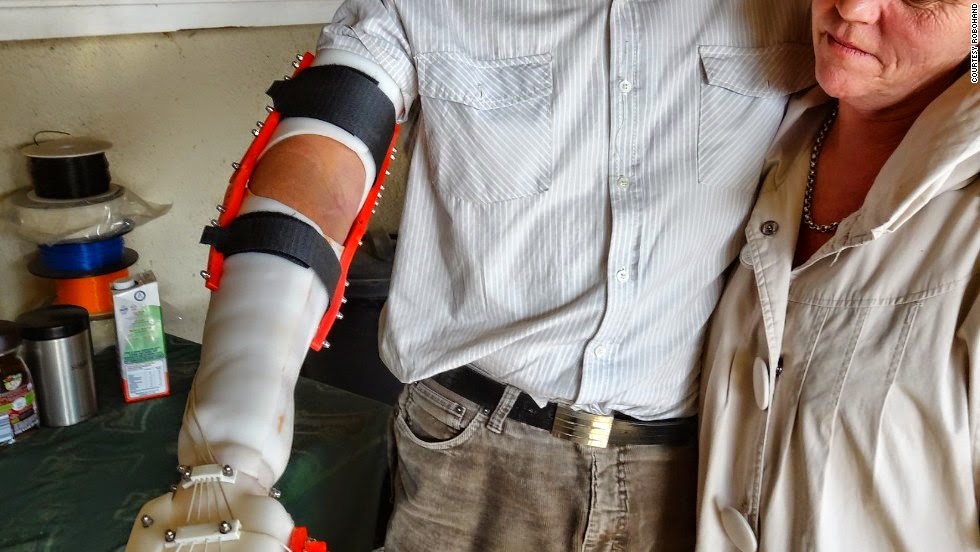

- #Cut fingers or send to the wall how to
- #Cut fingers or send to the wall skin
- #Cut fingers or send to the wall full
Keep the wound dry by using waterproof dressings, which will allow you to take showers. Keep the dressing clean by changing it as often as necessary.
#Cut fingers or send to the wall skin
#Cut fingers or send to the wall how to
How to treat cuts and grazes Stop the bleeding

Minor wounds should start to heal within a few days. Stopping the bleeding, cleaning the wound thoroughly and covering it with a plaster or dressing is usually all that's needed. Wrap it up first.Most cuts and grazes are minor and can be easily treated at home. You could end up damaging the fingertip even further. Avoid placing the amputated part in ice directly.Massage and heat therapy, splinting, traction, electric stimulation of the nerves within the hand and special wrapping to help minimize swelling are some of the examples of additional therapies that the therapist might use to promote healing.Physical therapy exercises are useful to improve range of motion and strengthen the hand.After the injury has healed, sensitivity to cold and mild to severe pain can continue for a year and could end up being permanent.
#Cut fingers or send to the wall full
Full recovery from the injury can take several months.Occasionally toes can be used to replace parts of the fingers. This procedure is long and complicated, but might be the only option to correct the injury. If the injury has cut off part of the fingertip, a surgeon might consider the pros and cons of trying to reattach the amputated part. The wound and the donor site are closed using stitches through the procedure. During surgery, a piece of skin is used from a different site, such as the palm of the hand and used to cover up the injury. In these instances, surgery is needed to ensure proper healing. If the wound is allowed to heal itself, the new skin might not be strong enough. If the wound to the tip of the finger is open and large, there might not be enough skin left to heal and cover the area that is open. It takes anywhere from three to five weeks to complete the healing process. After two days, exercises might be started. After one to two days, you might need to soak your finger in a solution of peroxide and warm water. A splint might be recommended to protect the tip during the healing process. A protective dressing might be placed over the wound with instructions on how to change your bandage on a regular basis. If the wound is small and only superficial, it may end up closing on its own. How to Treat a Fingertip Injury/Amputation: Doctors need to examine any injuries to the tip of your thumb or finger. Without proper and immediate care, an injury to the fingertip can cause a disruption in the complex functions of the hand, which could result in permanent disability or deformity. Fingertip Injuries/Amputations Anatomyįingertips are dense with nerve endings and finger pads are very sensitive. Losing the end of your thumb is less likely, but much more of an issue for the overall function of the hand as it can affect the ability to grip and use tools. The tips of the longer fingers are often injured more because they are the last ones to escape from any potential harm. Injuries can include damage to the soft tissue, skin, nail, bone and nailbed. Injuries to the fingertip can be tearing, crushing and amputating to the tips of the thumb and fingers. Most commonly losing the end of your finger is due to using tools or machinery at home. These injuries can occur when the fingertip is slammed into a car door, chopping vegetables and when trying to clear debris from a snowblower or lawnmower. Injuries to the fingertips happen all too often at home, on the job and during play.


 0 kommentar(er)
0 kommentar(er)
